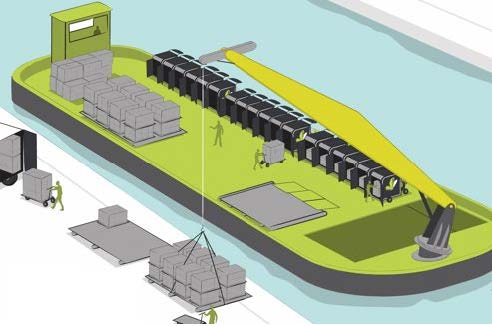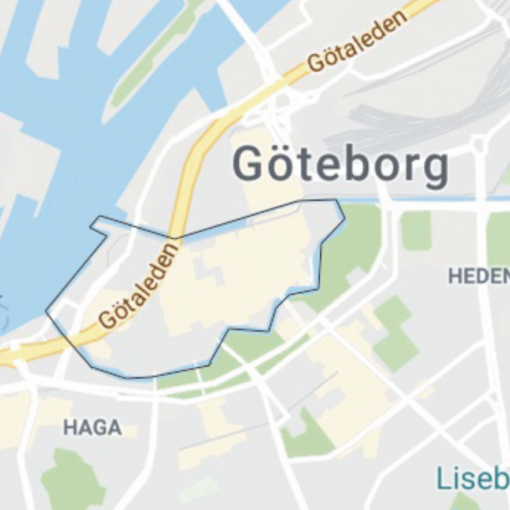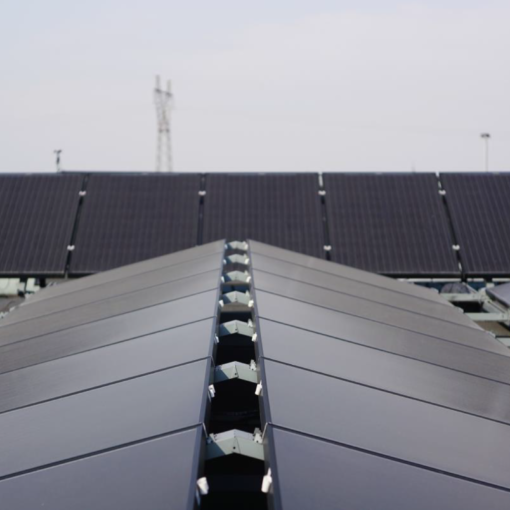Otto-Maximilian Jandl (2016)
Urbanisation puts tremendous stress on road infrastructure. Consequently, innovative solutions to cater for the growing population and subsequent need for increased transport of goods and waste in urban areas need to be explored. A modal shift from road transportation to inland waterway transportation can be beneficial for several reasons such as less pollution, traffic congestion, accidents and noise. This study analyses the necessary conditions for a successful implementation of a combined goods and waste transportation system on inland waterways based on the case of an urban planning project in the City of Gothenburg. Therefore, semi-structured interviews with stakeholders from the local urban supply chain, field trips and work group meetings have been conducted, attended and analysed. It was found that economic and operational factors, behavioural change, policy and regulations represent strong barriers for the implementation of such a transportation system. As weak drivers, public interest, environmental drivers, political incentives, regulations and technical development were identified. To overcome strong barriers, weak drivers need to be strengthened. More emphasis needs to be put on policy and regulations as those have strong power to influence the actions of stakeholders in the urban supply chain and thus, bring forward sustainable transportation. It is concluded, that building trust represents a core element in the implementation process of a new transportation system. Consequently, new systems need to prove their applicability and reliability on a small scale in the short run. In the long run, these new systems need to serve more areas, thus achieving economies of scale and profitability.
Read the full report here.





